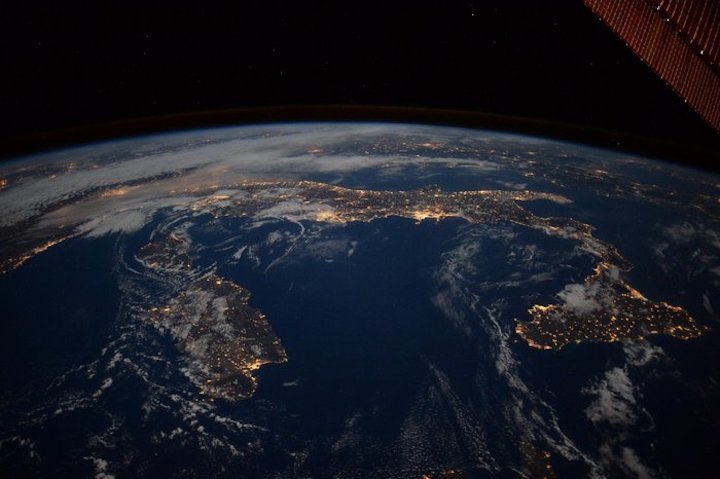16.06.2018

Next week, ESA will join the international community at UNISPACE+50 to celebrate the 50th anniversary of the first United Nations Conference on the Exploration and Peaceful Uses of Outer Space and highlight past and future Agency activities in support of the UN’s space-related actions.
UNISPACE+50 will run from 18–21 June at the Vienna International Centre, bringing together the international community, and reflecting on the past and future of space activities around the world. It will be a chance to assess results following the three prior UNISPACE conferences, held in 1968, 1982 and 1999, and consider how the future course of global space cooperation can benefit everyone on Earth.
While it will be a celebration of five decades’ achievement in space, the multi-track event also aims to shape the UN’s comprehensive ‘Space2030’ agenda. ESA experts will join global partners in providing knowledge and inspiration for this crucial document as we look to a future where sustainable use of space can help with sustainability on Earth.
The Space2030 agenda will map out how spaceflight and space-related activities can help achieve the 17 Sustainable Development Goals (SDGs), addressing overarching, long-term development concerns, through the peaceful exploration and uses of outer space. The SDGs were adopted in 2015 and cover a wide range of topics, from health and wellbeing, to protection of the environment and gender equality.
ESA and UN goals
ESA is at the service of its Member States as members of the UN Committee on the Peaceful Uses of Outer Space (COPUOS) with the provision of coordination support activities and the supply of technical expertise. ESA actively implements UN space treaties, principles and guidelines and shares best practices in the area of long-term sustainable use of outer space.
Over the past few years, a new focus was placed on the Sustainable Development Goals and the mapping of Agency programmes and activities relevant to these SDGs.

At UNISPACE+50, the ESA Director General, Jan Wörner, looks forward to opportunities to work closely with the UN Office of Outer Space Affairs (UNOOSA) and international partners to bring forward greater tangible benefits for sustainable development out of the investments of ESA Member States in programmes and activities.
ESA participation in UNISPACE+50
Director General Wörner will take part in the UNISPACE+50 symposium, 18-19 June, along with national leaders and government ministers, European and international lawmakers, astronauts, scientists and policy experts.
The Director General will join a special high-level panel together with other heads of space agencies, and will sign a new joint statement on cooperation between ESA and UNOOSA on SDGs and capacity building.
Concurrently, specialists from the Agency will take part in a series of panels, sessions and meetings, ensuring that ESA expertise supports UNISPACE+50 and the Space2030 agenda.
ESA astronaut Paolo Nespoli will present a flag representing the 17 UN Sustainable Development Goals that he took with him to the International Space Station in 2017 to showcase the many contributions of space towards the SDGs.
On 20 June, the crew of the International Space Station including ESA astronaut Alexander Gerst is scheduled to hold a special space-to-ground in-flight call to celebrate UNISPACE+50 starting at 16:05 CEST, which will be webcast live via NASA TV.
UNISPACE+50 will comprise two main parts: the symposium, aimed at the broader space community, on 18 and 19 June; and a special high-level segment of the 61st session of the Committee on the Peaceful Uses of Outer Space (COPUOS) on 20 and 21 June. These will be followed by the regular 61st COPUOS session running from 22–29 June.
A UNISPACE+50 exhibition involving some 40 exhibitors including ESA will be held in the Rotunda of the Vienna International Centre from 18–23 June. The exhibition will be open to the public on Saturday, 23 June, from 09:00 to 12:30 CEST.
Updates on the Sustainable Development Goals and from ESA participation at UNISPACE+50 will be shared via ESA social media channels including the @SpaceforEarth, @ESA_EO and @esa twitter channels, and via the ESA Facebook page.
Quelle: ESA

